Paul Klee, the musician who became a painter
Son of two musicians, at the age of 12, he already played the violin at Berna Orchestra. Klee has been called many things: father of abstract art, the Bauhaus School master and even the inventor of Surrealism. He is definitely regarded as one of the 20th century’s key artists.
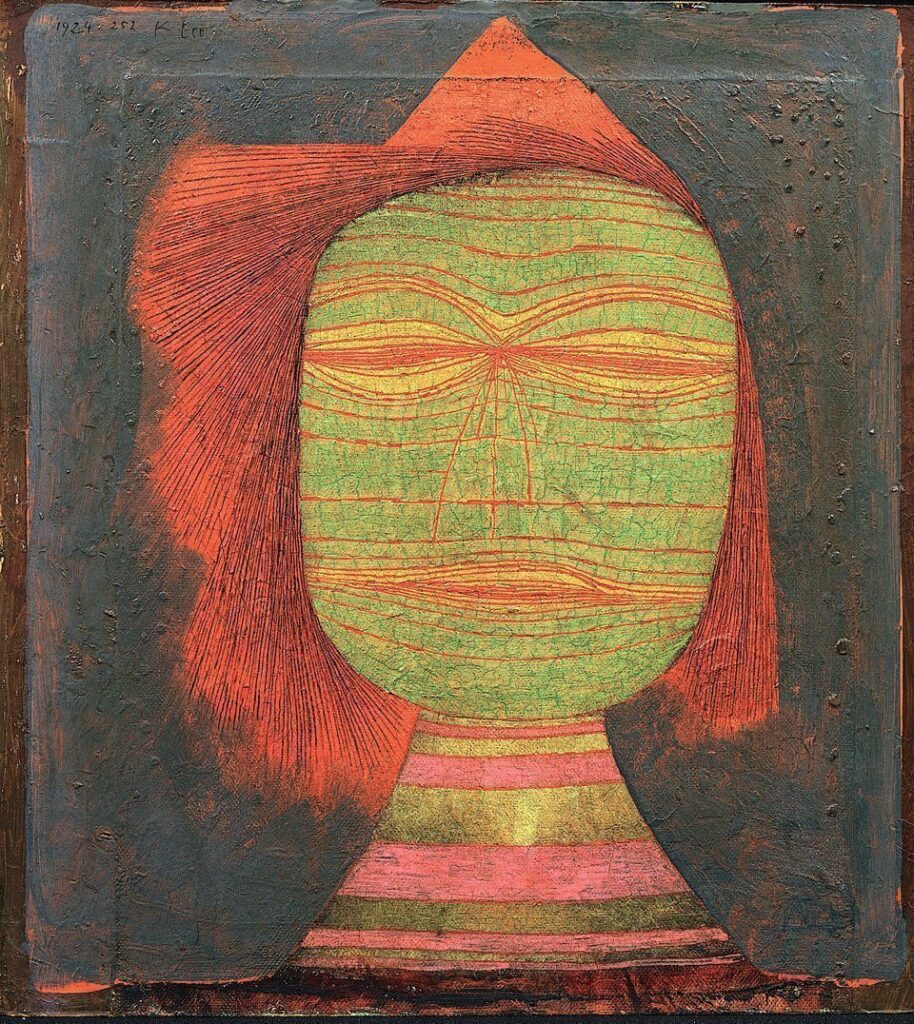
Klee is a not only a main figure as art creator but was also a gifted violinist, music lover as well as a superb writer and voracious reader. Even when he filled his works with diminute squares and rectangles, his paintings pulse with rhythm motivated by the modulations of Mozart and Bach, or the cadence of poems by Apollinaire and Rilke, one of his close friends.
He was great connoisseur of Western art history and taught at Bauhaus School with his best friend, Wassily Kandinsky.
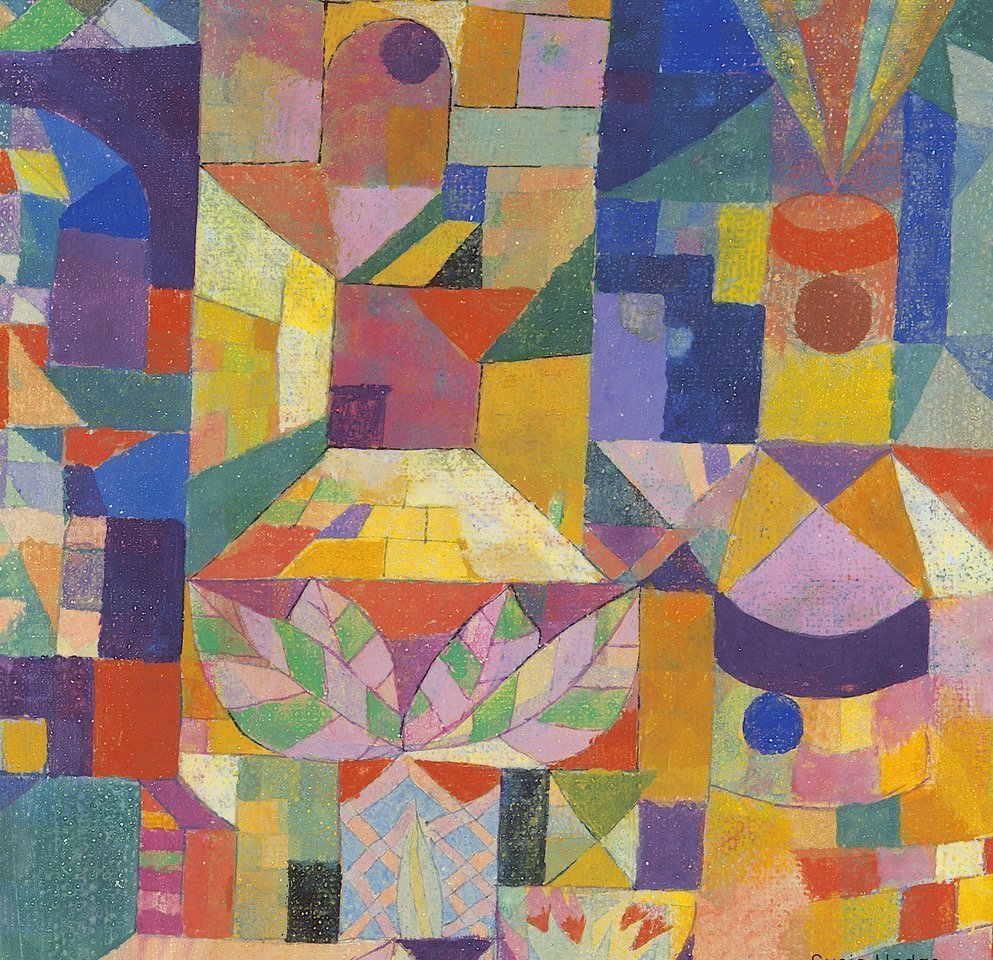
He really is a very hard artist to pin down. Indeed, the Swiss-German artist is tied to numerous groundbreaking 20th century movements, from German Expressionism to Dada. But his work isn’t easily bucketed into a single category.
He invented his personal world: a system of throbbing forms, mystical hieroglyphs and otherworldly creatures that he imagined to populate his compositions.
These strange symbols marked some of the first efforts in the 20th century to embed spiritual content and the subconscious into Abstract Art.
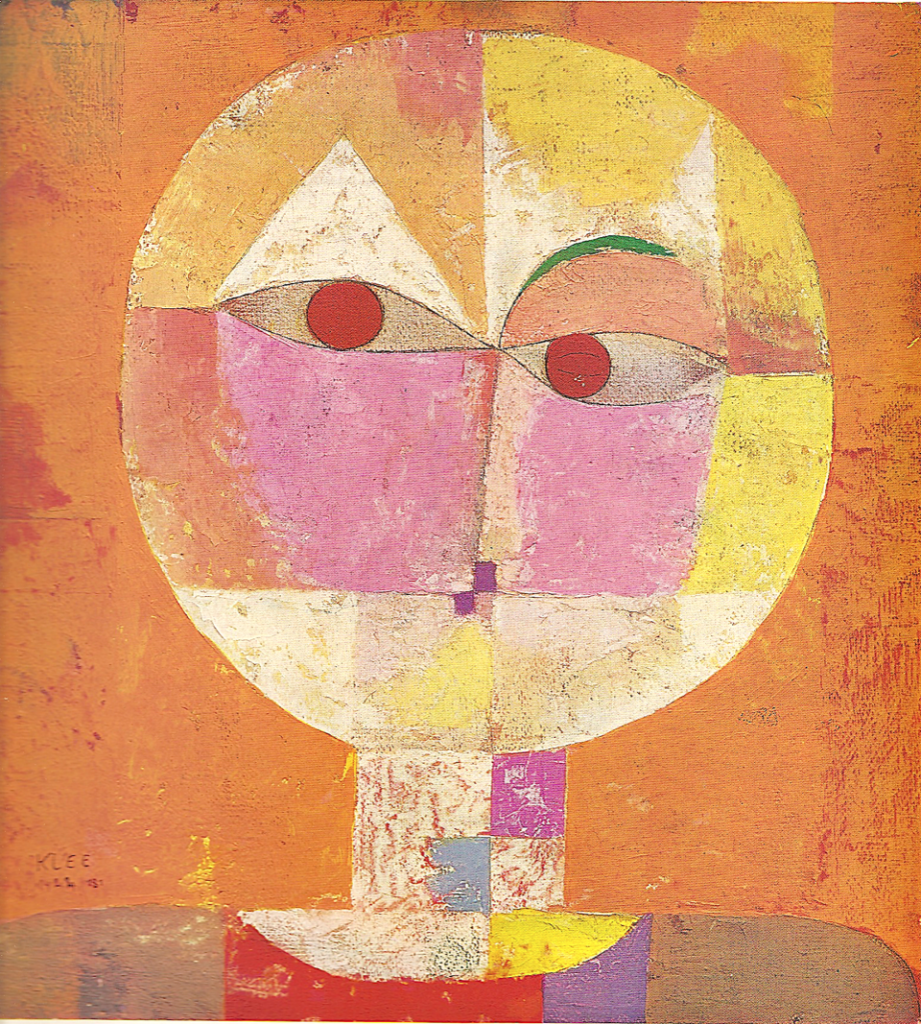
In turn, they inspired both Surrealism and Abstract Expressionism. Influential painters, from Joan Miró and Salvador Dali to Mark Rothko and Robert Motherwell, cited Klee as a lodestar.
In the early 1900s, Klee radically broke with a millennia old tradition in art: the faithful representation of objects from the real world. Along with Picasso and other avant-garde artists, he avoided recognisable content, contributing to a form of art that would come to be known as “Abstraction.”
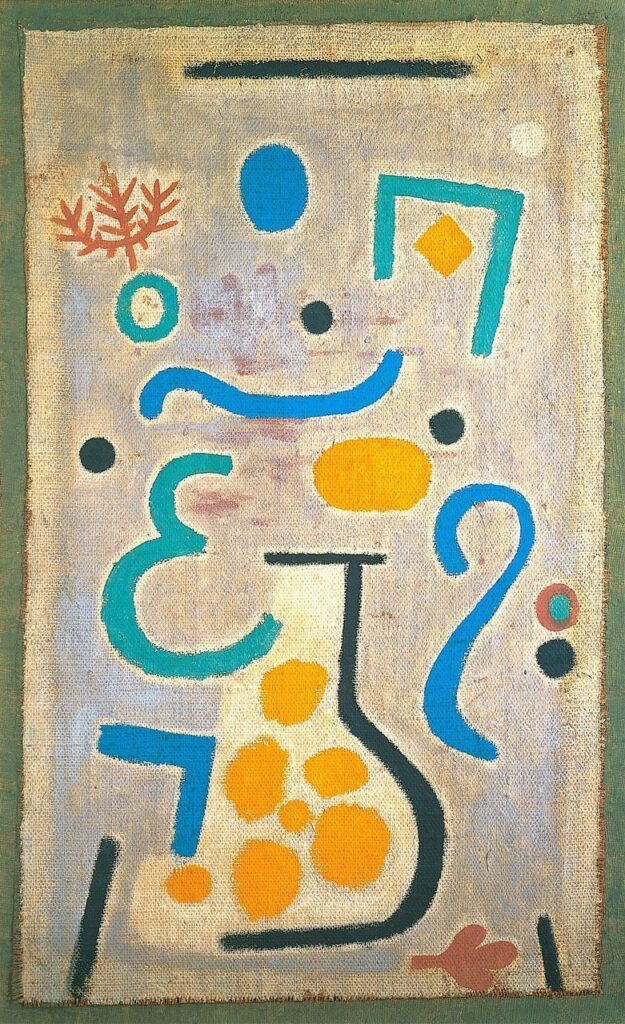
Klee was an early adopter of this movement and a member of one of German Expressionism’s regional factions, Der Blaue Reiter (Blue Raider), a Munich-based group of artists founded by Wassily Kandinsky and Franz Marc. They bound together by the belief that art should express the metaphysical realm.

This interest was galvanised with First World War and the deaths of his artist peers Marc and Macke in battle.
As war traumas expanded, abstract artists like Klee sought refuge in forms of expression that were divorced from the material world. His pictures produced teemed with lines and colours that crashed together ecstatically. He cropped up fantastical elements.
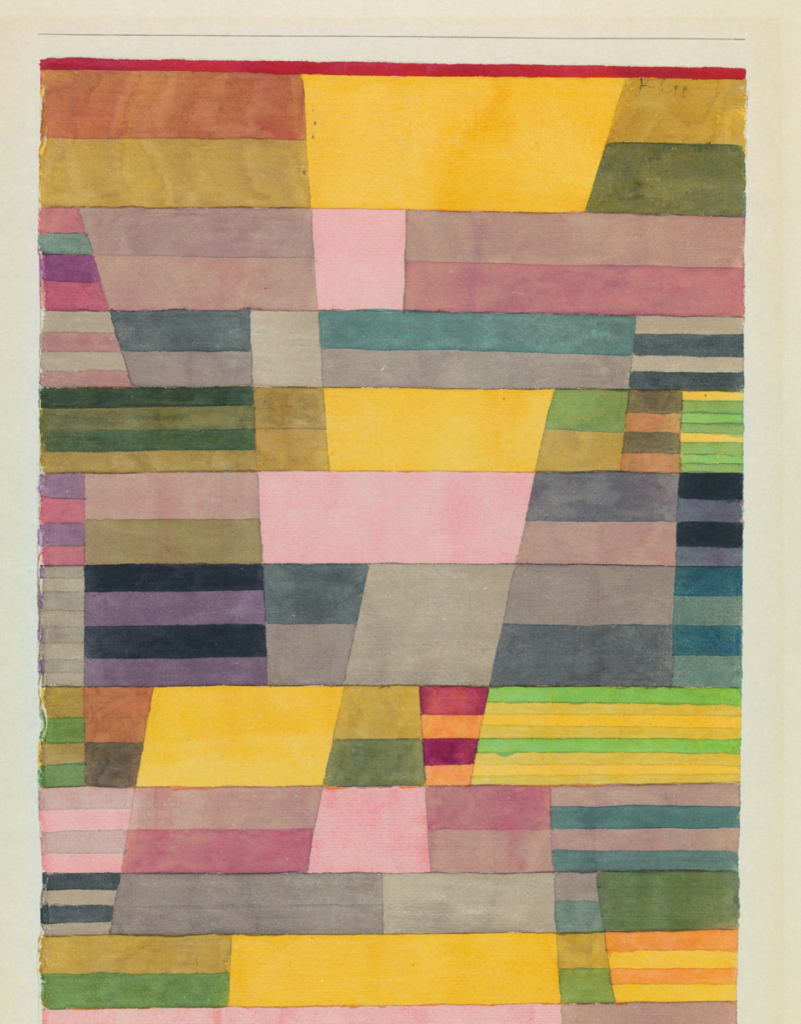
Kandinsky’s manifesto in his fascinating book, “The Spiritual in Art” (1911) served as Der Blaue Reiter’s sacred text and inspired not only Klee’s early paintings but also his own seminal text, “Creative Credo” (1920), whose punchline, influenced both his contemporaries and his Surrealist scions.
“The artist must train not only his eye but also his soul.”
“Colour is a means of exerting direct influence on the soul.”
Kandinsky
Klee caught the attention of Walter Gropius, the founder of the Bauhaus School in Weimar, which united art and craft and stressed function as well as form.
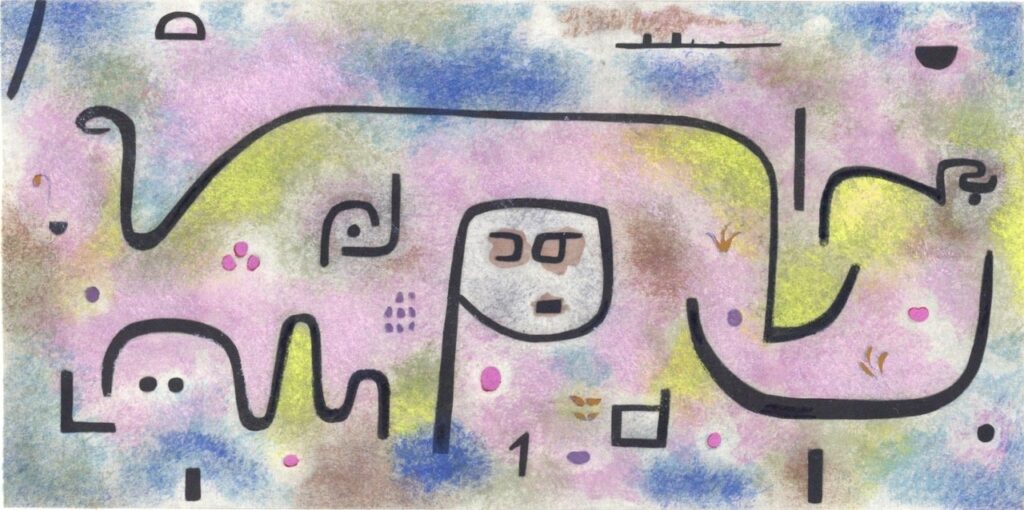
Gropius invited Klee to teach there and Kandinsky followed him. They worked alongside various young artists like Lyonel Feininger, Moholy-Nagy, Oskar Schlemmer and Johannes Itten. Klee and Kandinsky’s lessons at Bauhaus helped formalise the tenets of abstract art and modern design.
“Art makes visible the invisible”
“A drawing is a line going for a walk”.
Paul Klee
These two phrases by Klee epitomise his signature approach to art creation. First, the line, that animates the elements of art with movement, spontaneity and even with a spike of magic, since it becomes a living being. This sense of magic is embodied in most of his works. His use of spontaneous “automatic” drawings as the basis for his paintings, caught the eyes of Surrealists. They included his paintings in their first 1925 group exhibition. Andre Breton cited Klee as inspiration in his first Surrealist Manifesto.
Also the pioneers of Dada were intrigued and featured his works in Zurich’s Galerie Dada in 1917.
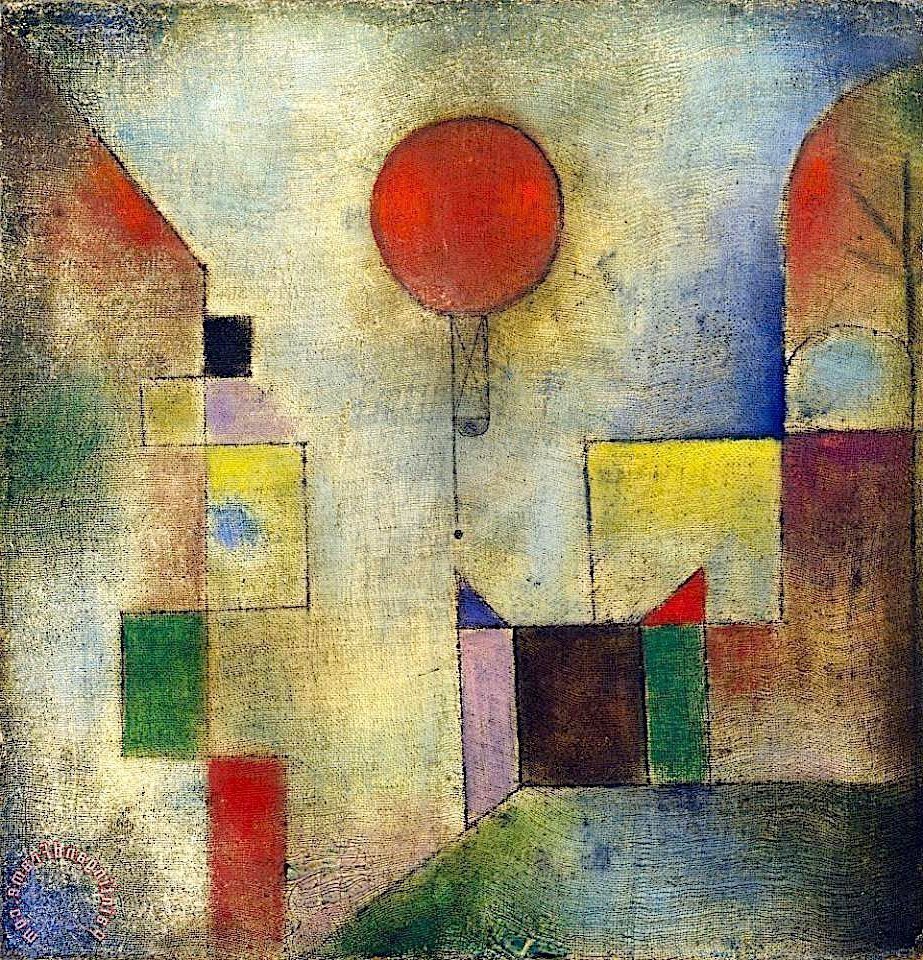
Klee was fascinated by hieroglyphs of African languages and pictograms and by the art of children and those suffering psychological disorders, which he regarded as pure forms of expression. He believed they had the true “power to see”.
Klee came of age during a time of groundbreaking experimentation in art across Europe. When he moved to Munich at the age of 19 to study painting, artists were beginning to move away from representing what they could see, and beginning to paint psychologically charged subject matter. Van Gogh and Matisse reinvented the study of colour, pattern and light.
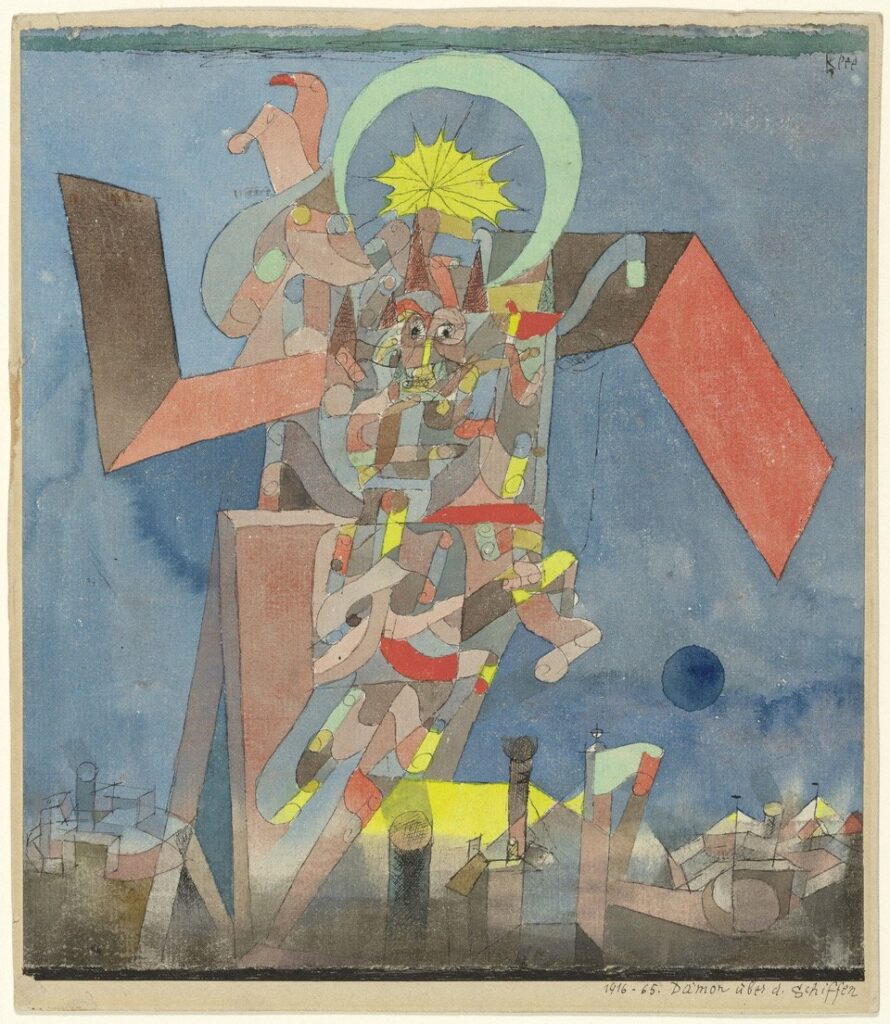
A 1914 trip to Tunisia with his friends artists August Macke and Louis Moilliet deeply affected Klee, inspiring his rich colour palette and distinctive language of mystical symbols. Glowing stars and suns, topsy turvy checkerboards, disembodied heads would evolve during his career.
His greatest inspiration and ally was Kandinsky, the godfather of Abstraction, as well as his Munich based artist friends Macke, Marc and Jawlensky.
When Klee discovered Picasso’s compositions he started painting the fractured perspective and prismatic forms of the earliest Cubism.
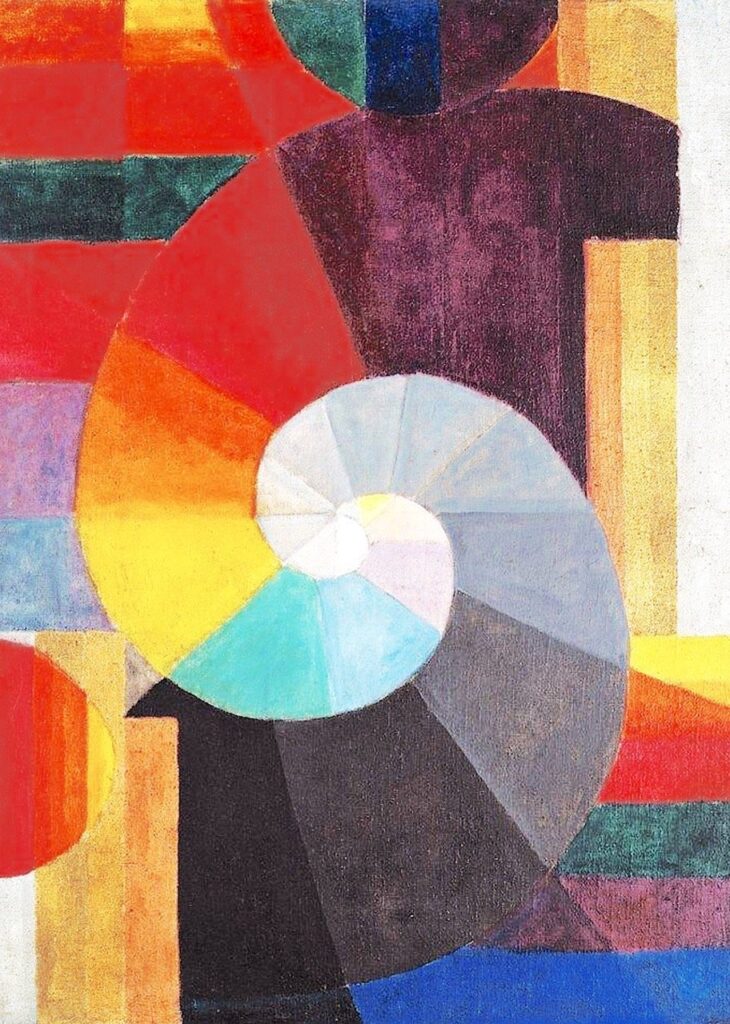
He also admired other contemporary movements: Orphism, invented by Robert Delaunay with his lyrical patterns and transcendent colour palette, the Futurism with their unprecedented sense of speed introduced, Dadaism with their strange machine automations and the pure forms of Constructivism and Suprematism from the Bauhaus School.
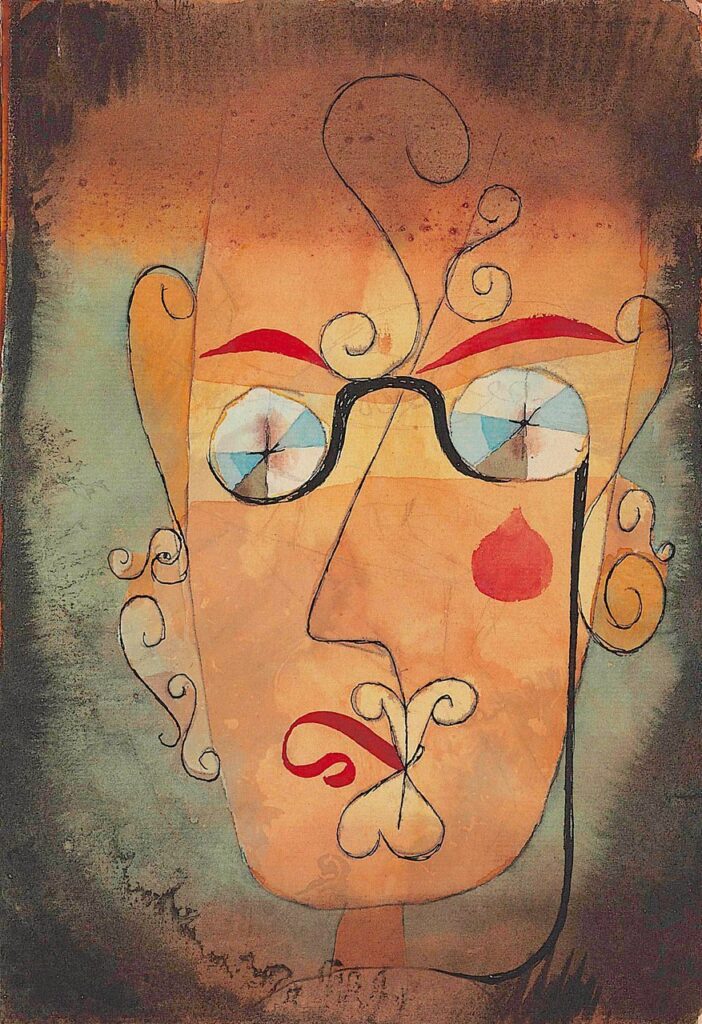
Klee indelibly changed the course of Modern Art and influenced many generations of artists. His interest in the subconscious and those deemed insane resonate with today’s fascination with art created by those outside the establishment, including disabled people and practitioners of occult traditions.
The Museum Zentrum Paul Klee in Bern (Switzerland), houses his worldwide largest collection with 4.000 paintings. The extraordinary building with its undulating structure was designed by Italian architect Renzo Piano in 2005. Besides serving as a museum, it offers a platform for music, theatre, dance and literature performances.
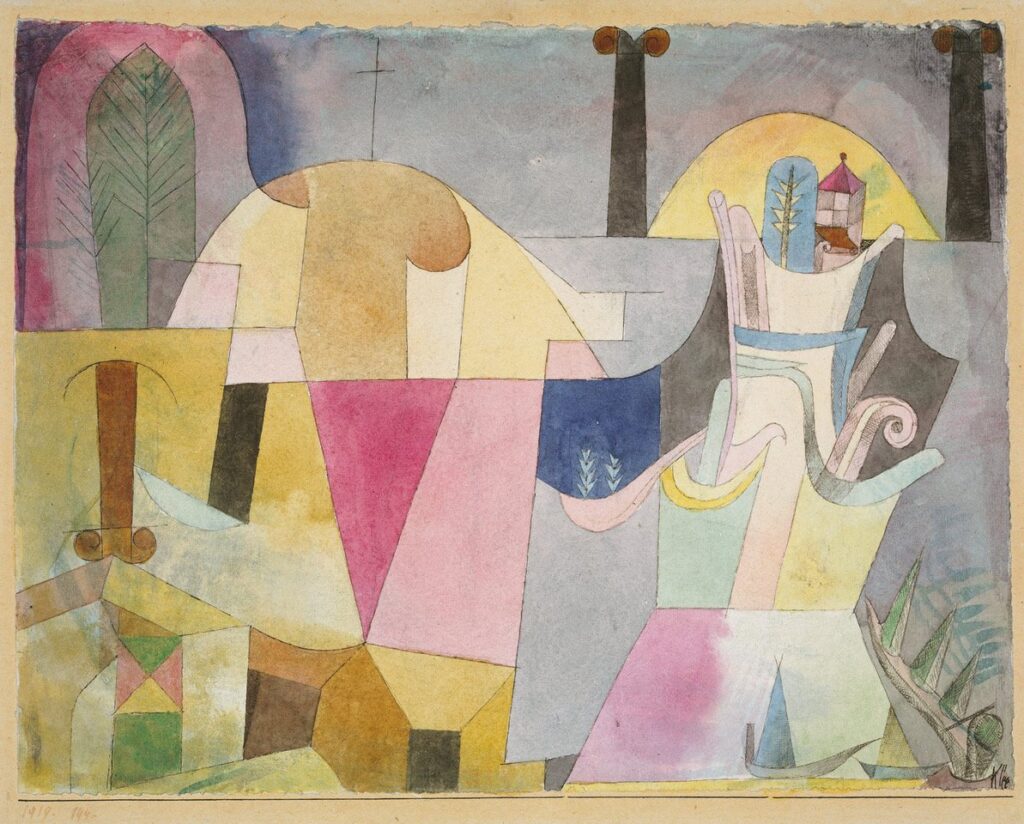
Department: Modern Art
Culture/Period/Location:
HB/TOA Date Code:
Working Date: 1919
photographed by mma in 1984, transpareny 3
scanned by film & media 6/15/04 (phc)
Recent Paul Klee Museum Exhibitions
- MOMA, New York “Modernity“, 2010
- Centre Pompidou, París, “Irony at work”, 2016
- Pinacothek der Moderne, Munich, “Construction of Mistery”, 2018
- Kunst Museum Berne, “Cosmos Klee”, 2018
- Fondation Beyeler, Basilea, 2018
- Kunstsammlung, Dusseldorf, 2019
- Canada National Gallery, 2019
- MUDEC, Milán, “Origins of Art”, 2019
